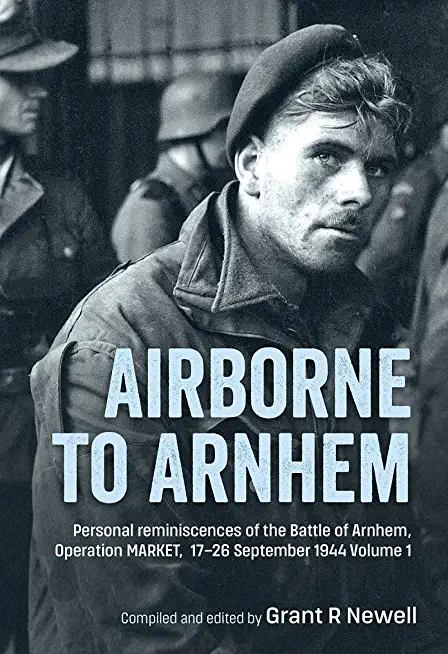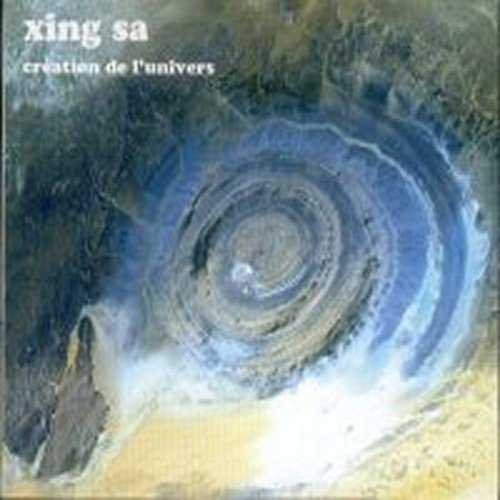
Newell, Grant
product information
description
2Airborne to Arnhem is the first of three volumes of reminiscences of the Battle of Arnhem, Operation MARKET, 17th- 26th September 1944 published by Helion and Company. The three volumes contain over 150 personal accounts received from veterans of the 1st Airborne Division alongside those from RAF aircrew and XXX Corps.
The study is the culmination of over forty years of research concentrating on the British 1st Airborne Division's role in the capture of the north end of the Arnhem bridge and the subsequent fighting around the Oosterbeek perimeter and the eventual evacuation across the Neder Rijn.
Volume One of the study contains accounts from members of the 1st, 2nd and 3rd Parachute Battalions, 1st Parachute Brigade and their supporting units such as the 1st Parachute Squadron, Royal Engineers, 1st Airlanding Anti-Tank Battery Royal Artillery, the 1st Airlanding Light Regiment Royal Artillery and the 16th Parachute Field Ambulance. Divisional units are also covered, such as the Royal Army Ordnance Corps, 1st Airborne Division Defence Platoon, Royal Electrical and Mechanical Engineers and 261 Field Park Company, Royal Engineers, plus accounts from members of the Glider Pilot Regiment.
Volume Two covers the participation of the glider borne infantry of the 2nd Battalion, South Staffordshire Regiment, 1st Battalion, Border Regiment and the 7th (Galloway) Battalion, The King's Own Scottish Borderers of the 1st Airlanding Brigade along with further accounts from the Glider Pilots that flew them into battle. Volume Two also begins coverage of the 4th Parachute Brigade, namely the 10th and 11th Parachute Battalions including 133 Parachute Field Ambulance and the attached 2nd (Oban) Airlanding Anti-Tank Battery Royal Artillery. Of interest is an account by one of the United States Army Air Corps pilots that carried the 10th Parachute Battalion.
Volume Three completes the accounts from members of the 4th Parachute Brigade with 156 Parachute Battalion and the 4th Parachute Squadron, Royal Engineers. In addition there are reminiscences from members of 250 (Airborne) Light Composite Company, Royal Army Service Corps responsible for collecting supplies dropped by the RAF.
The Royal Artillery, both 1st Airborne Division and 2nd Army in the form of the 1st Airlanding Light Regiment, RA, the 1st Forward Observation Unit, RA and the 64th Medium Regiment, RA, XXX Corps are covered in detail. Interspersed throughout are additional accounts from Glider Pilots including those that delivered the glider contingent of the 1st Independent Polish Parachute Brigade and an account from the 3rd Polish Parachute Battalion dropped around Driel.
Finally the volume covers the major contribution to the entire operation made by the Royal Air Force including 38 and 46 Groups and the fighter aircraft tasked with ground support and resupply cover.
After nine days under siege, the evacuation of the survivors of the 1st Airborne Division is first covered with the disastrous diversionary attack by the 4th Battalion, Dorset Regiment and the withdrawal itself with accounts from members of the 553 and 260 Field Companies, Royal Engineers, XXX Corps who were tasked along with their Canadian fellow engineers to evacuate the survivors across the Neder Rijn.
Each volume in the series contains extensive chapter introductions to provide the reader with a background to the events described by the participants themselves. The entire series is lavishly illustrated with wartime and post-war photographs, many in color with detailed accompanying maps illustrating the positions of the units involved at various stages of the battle.
The study is the culmination of over forty years of research concentrating on the British 1st Airborne Division's role in the capture of the north end of the Arnhem bridge and the subsequent fighting around the Oosterbeek perimeter and the eventual evacuation across the Neder Rijn.
Volume One of the study contains accounts from members of the 1st, 2nd and 3rd Parachute Battalions, 1st Parachute Brigade and their supporting units such as the 1st Parachute Squadron, Royal Engineers, 1st Airlanding Anti-Tank Battery Royal Artillery, the 1st Airlanding Light Regiment Royal Artillery and the 16th Parachute Field Ambulance. Divisional units are also covered, such as the Royal Army Ordnance Corps, 1st Airborne Division Defence Platoon, Royal Electrical and Mechanical Engineers and 261 Field Park Company, Royal Engineers, plus accounts from members of the Glider Pilot Regiment.
Volume Two covers the participation of the glider borne infantry of the 2nd Battalion, South Staffordshire Regiment, 1st Battalion, Border Regiment and the 7th (Galloway) Battalion, The King's Own Scottish Borderers of the 1st Airlanding Brigade along with further accounts from the Glider Pilots that flew them into battle. Volume Two also begins coverage of the 4th Parachute Brigade, namely the 10th and 11th Parachute Battalions including 133 Parachute Field Ambulance and the attached 2nd (Oban) Airlanding Anti-Tank Battery Royal Artillery. Of interest is an account by one of the United States Army Air Corps pilots that carried the 10th Parachute Battalion.
Volume Three completes the accounts from members of the 4th Parachute Brigade with 156 Parachute Battalion and the 4th Parachute Squadron, Royal Engineers. In addition there are reminiscences from members of 250 (Airborne) Light Composite Company, Royal Army Service Corps responsible for collecting supplies dropped by the RAF.
The Royal Artillery, both 1st Airborne Division and 2nd Army in the form of the 1st Airlanding Light Regiment, RA, the 1st Forward Observation Unit, RA and the 64th Medium Regiment, RA, XXX Corps are covered in detail. Interspersed throughout are additional accounts from Glider Pilots including those that delivered the glider contingent of the 1st Independent Polish Parachute Brigade and an account from the 3rd Polish Parachute Battalion dropped around Driel.
Finally the volume covers the major contribution to the entire operation made by the Royal Air Force including 38 and 46 Groups and the fighter aircraft tasked with ground support and resupply cover.
After nine days under siege, the evacuation of the survivors of the 1st Airborne Division is first covered with the disastrous diversionary attack by the 4th Battalion, Dorset Regiment and the withdrawal itself with accounts from members of the 553 and 260 Field Companies, Royal Engineers, XXX Corps who were tasked along with their Canadian fellow engineers to evacuate the survivors across the Neder Rijn.
Each volume in the series contains extensive chapter introductions to provide the reader with a background to the events described by the participants themselves. The entire series is lavishly illustrated with wartime and post-war photographs, many in color with detailed accompanying maps illustrating the positions of the units involved at various stages of the battle.
member goods
No member items were found under this heading.
Return Policy
All sales are final
Shipping
No special shipping considerations available.
Shipping fees determined at checkout.







